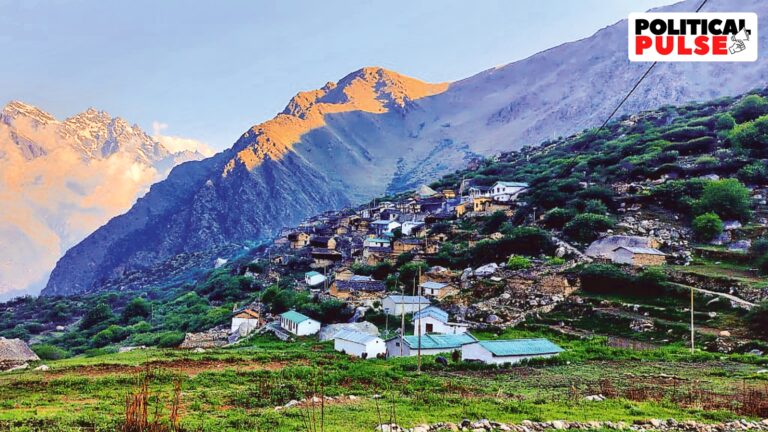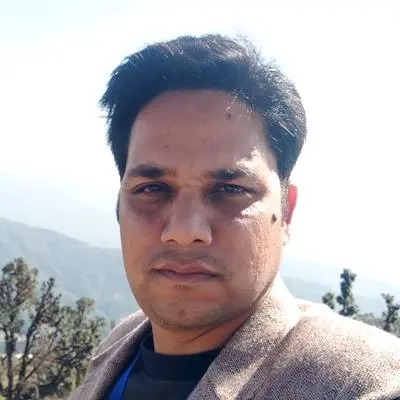On July 9, 45-year-old Uday Singh Rawat and his wife Anju will travel 100 km by car, followed by a 10 km uphill walk, to reach Dronagiri village, located at an altitude of 12,000 feet in Uttarakhand’s Chamoli district.
Rawat is one of 3,838 migrants from nine villages in the district who will be able to vote in their home villages in the July 10 elections for the first time since the state was formed in 2000. Badrinath Assembly By-electionsThe reason these villages didn’t have polling stations for so many years is a simple but crucial reason – cold weather.

Every year, residents of the nine high-altitude villages leave their homes in mid-October when snow starts to fall and move to lower-altitude areas such as Gopeshwar, Karnaprayag and Nandprayag. They return after April when summer sets in and the weather improves. Some residents have even migrated. So in previous Lok Sabha and state assembly elections, these migrant voters voted at the polling station closest to where they were staying at the time, said Chamoli District Commissioner Himanshu Khurana.
Rawat, health spokesperson for Nandprayag, said, “This is the first time I am voting in my home village. Ever since Uttarakhand became a separate state, no voting for Parliament or state assembly elections has been held in my village. I am happy that I will be able to vote in my home village where my parents live.”

All the nine villages – Dronagiri, Malari, Kailashpur, Gamshari, Jhelum, Kosha, Juma, Niti and Mana – are located close to the China border. Mana, dubbed the “first Indian village”, is also a tourist attraction. These villages are primarily inhabited by Scheduled Tribe (ST) people, most of whom belong to the Bhotiya community.


The Badrinath parliament seat became vacant in March when Congress MP Rajendra Singh Bhandari resigned from the Lok Sabha to join the Bharatiya Janata Party (BJP). The BJP has fielded Bhandari, while the Congress has fielded Lakhpat Singh Bhutla. There are two other candidates, including an independent.
Rawat said the journey to the village would take at least 12 hours. “We may have to take several breaks along the way as it is raining and there is a constant risk of landslides, which will increase the travel time. We will also need to take breaks as oxygen levels drop at high altitudes,” he said.
Each of these nine villages will have a polling station. Khurana said the polling staff deployed in these villages will have to follow the same travel pattern — road travel followed by walking to the polling stations. They will leave on July 8 and take adequate rest on July 9 before voting on July 10. Niti village is at an altitude of about 11,000 feet and Mana village at 10,500 feet.
To set up the polling stations, district authorities are using a long-abandoned primary school. Until now, children attended schools in their own villages and in the low-lying areas where they have been relocated equally.

“But in the last few years, people have been permanently enrolling their children in schools at lower altitudes so as not to disrupt their studies. Due to this, schools in these villages have remained unused. For the polls, power supply to the buildings has been restored, tables and chairs have been prepared, they have been whitewashed and the surroundings have been cleaned. Emergency lights have also been arranged as power cuts will occur during bad weather,” said a district official.
“In line with the Election Commission’s concept of ‘ensuring minimum amenities’, these polling stations have been provided with amenities like ramps, electricity, water supply and shade. The buildings being used as polling stations are intact and remaining maintenance work relating to electricity has been completed,” Khurana said.
Since the formation of Uttarakhand in November 2000, the state has held five state assembly elections and the same number of elections to the Lok Sabha.
© Indian Express Ltd.
First uploaded: July 7, 2024 6:40 AM


